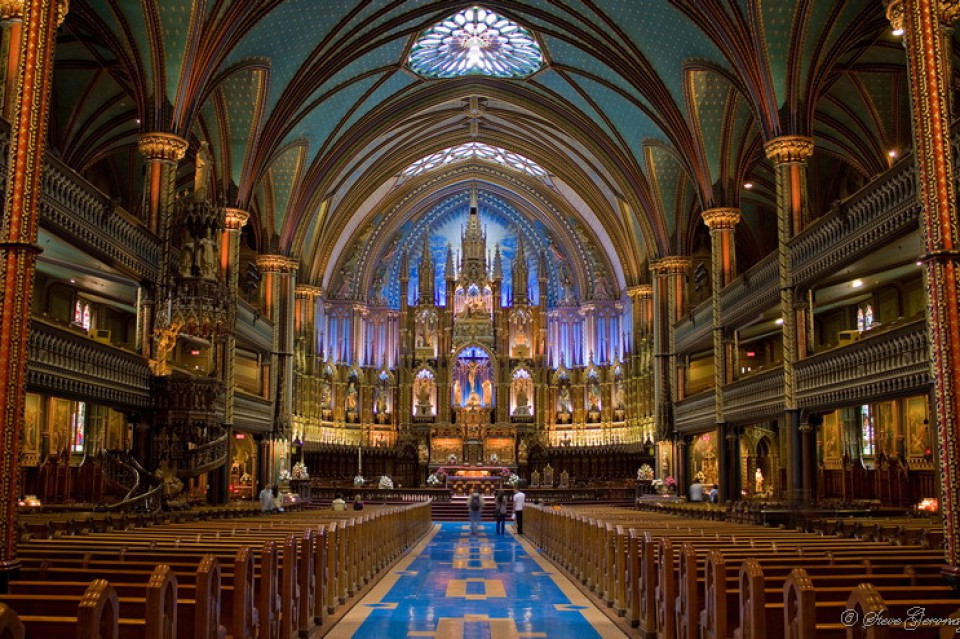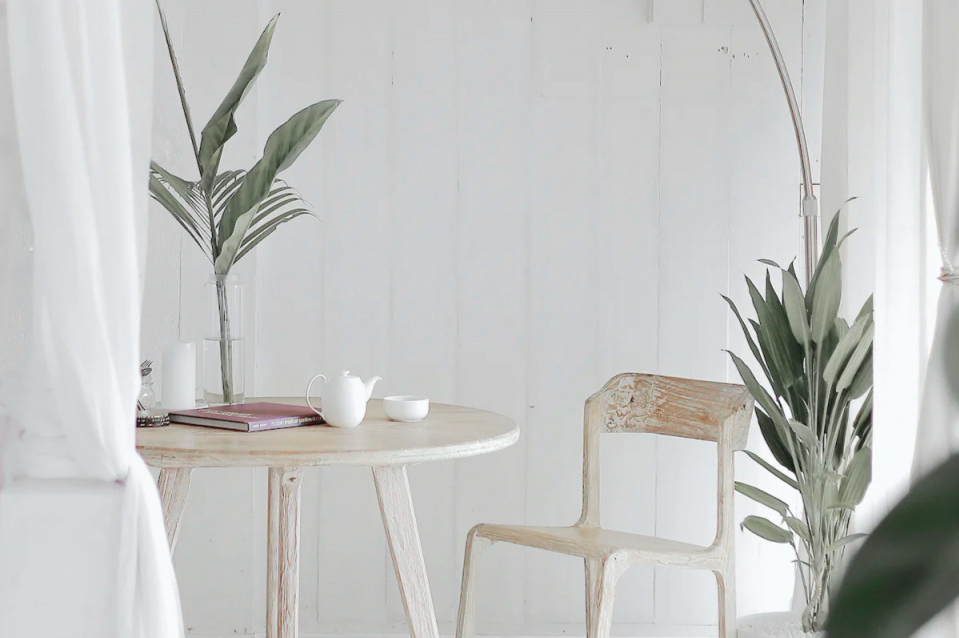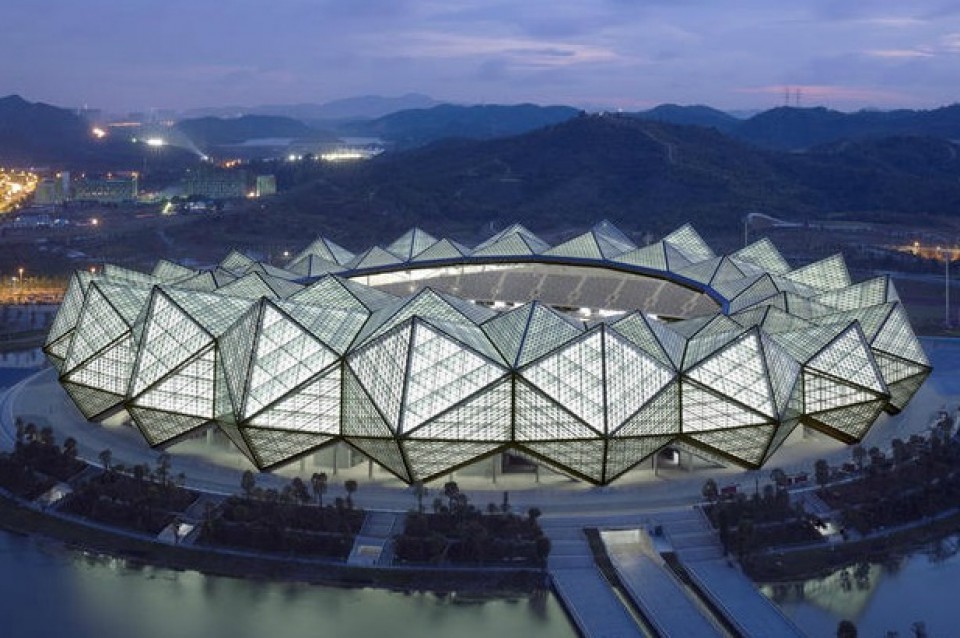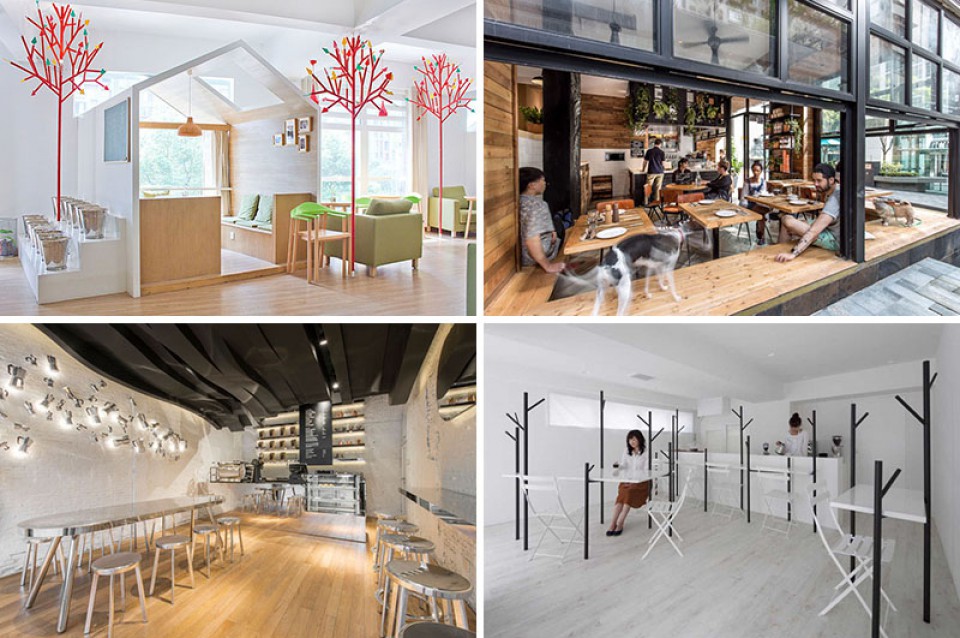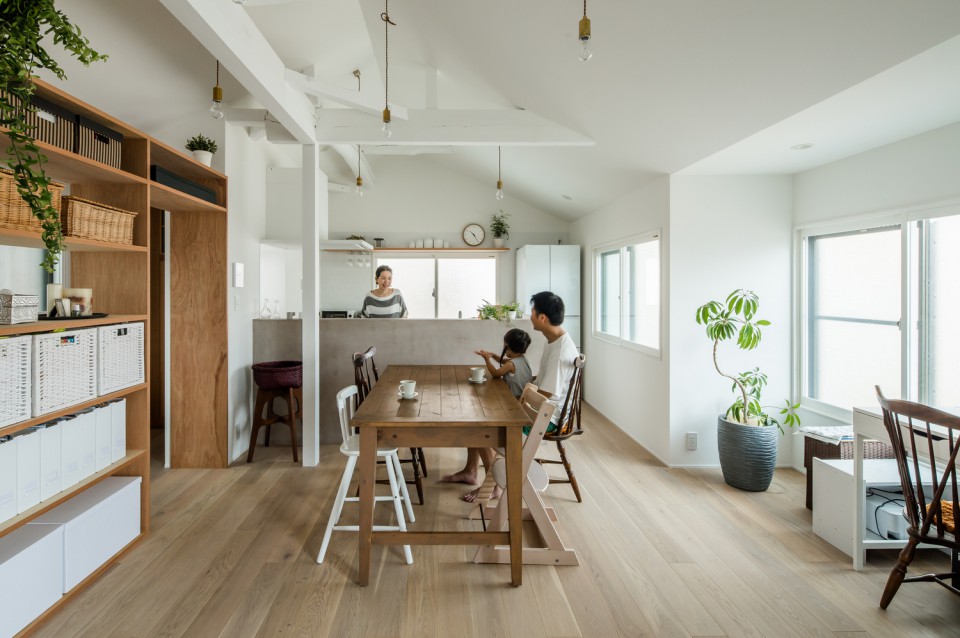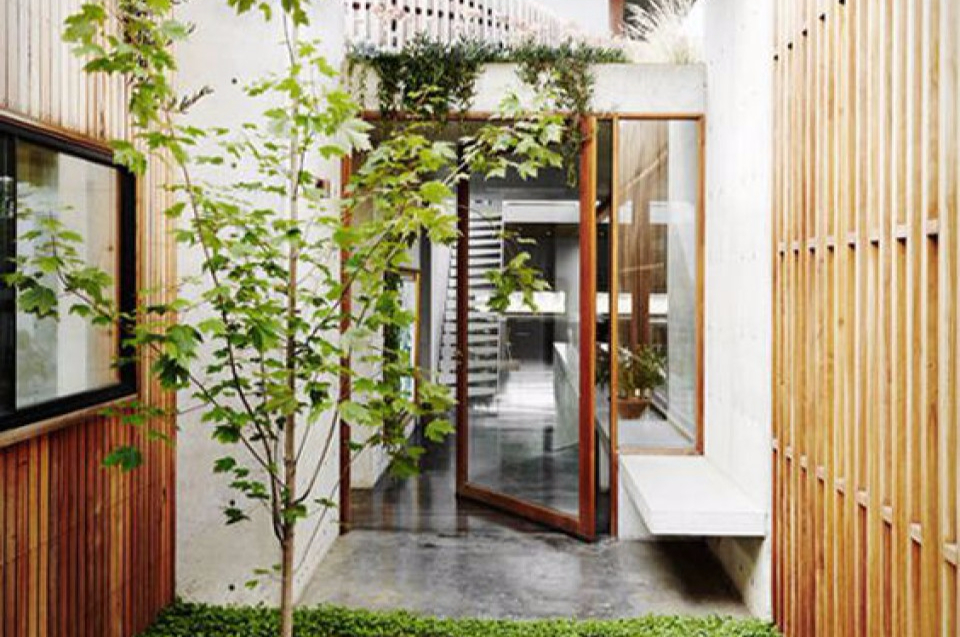Ropponmatsu Kindergarten Creche: A Colorful Kindergarten with Vibrant Facade and Interior in Japan

This four-story building located in the residential area of Fukuoka, Japan, is a kindergarten named Creche Ropponmatsu. Designed by a French architect named Emmanuelle Moureaux, the architect divided each space inside the building using colors. The building has a capacity for 90 children aged between 0-5 years.
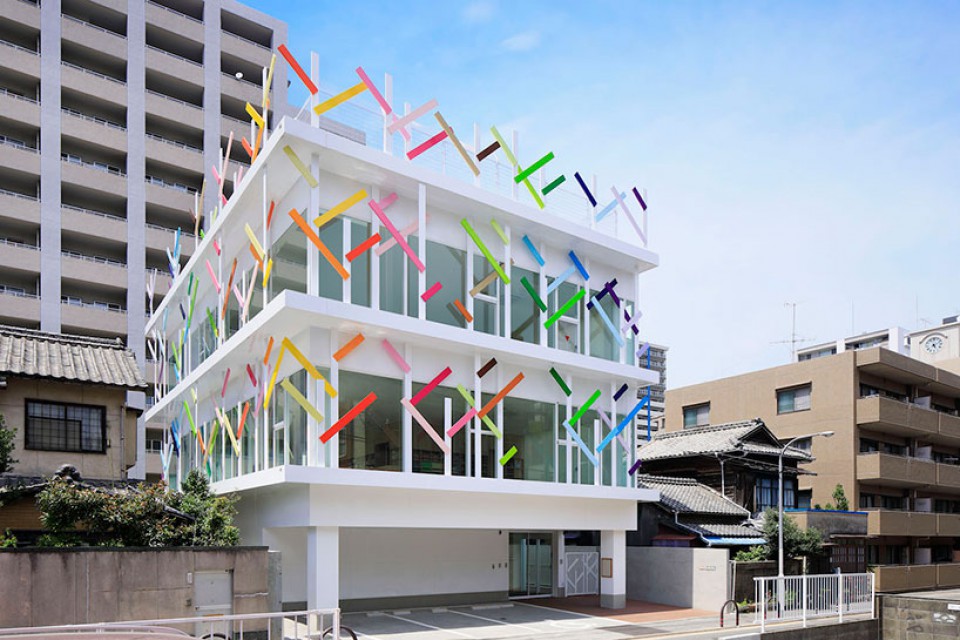
The concept of 'shikiri,' dividing space using color, is applied in this kindergarten. The architect uses color as a three-dimensional element like layers to create space. The building's facade is quite captivating with various colors on its glass walls, creating a warm welcoming atmosphere for the students who come to this kindergarten.
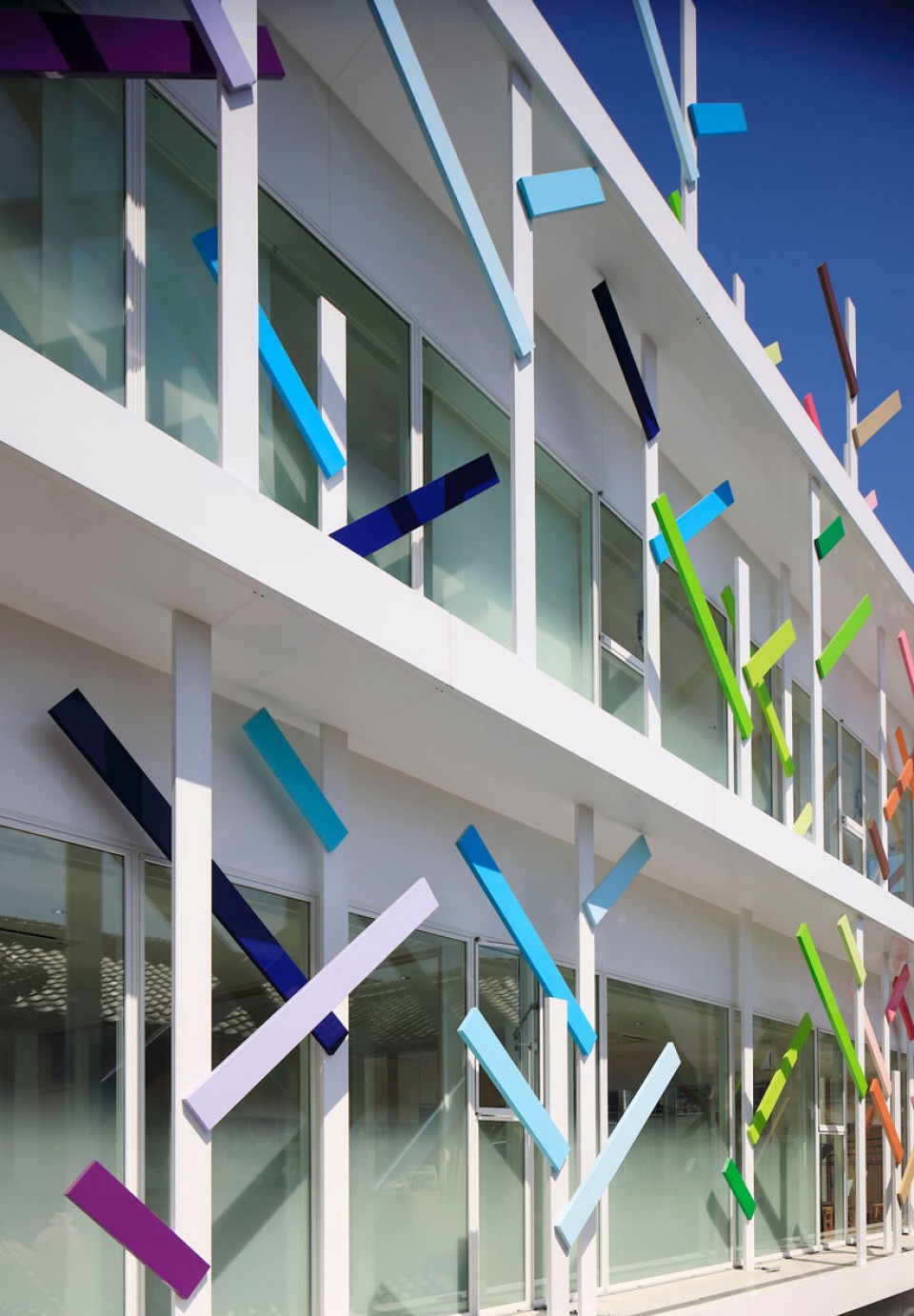
A collection of various colors is evident in both the facade and interior of this building. There are 22 colors on 63 panels shaped like tree branches on its facade. Surrounding the entire building, these colorful facades are neatly arranged, enhancing the building's appearance. With glass perimeter walls, the building feels open and offers an interesting visual from both the outside and inside of the building.
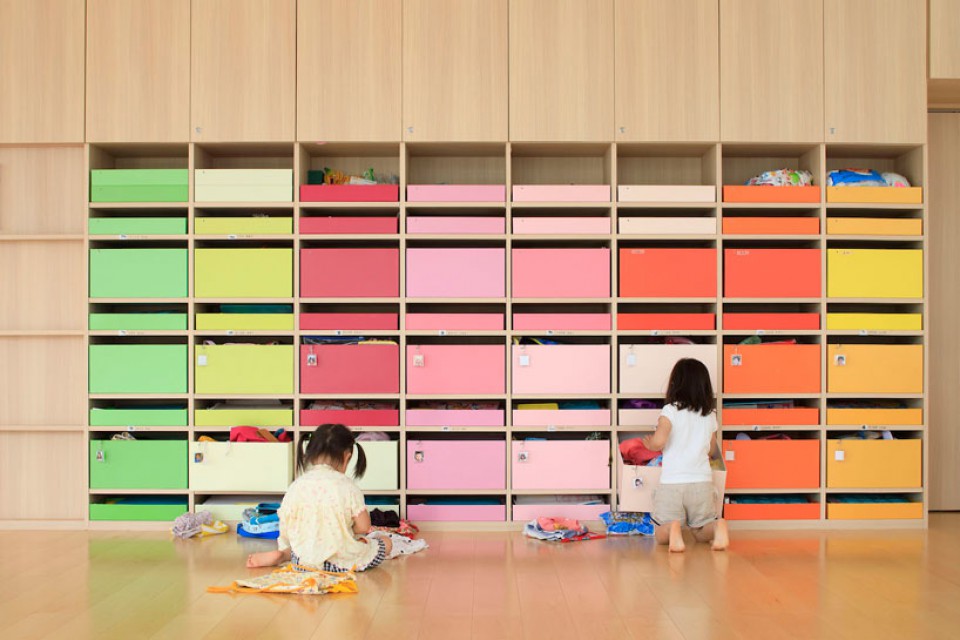
In the children's play and learning area, there are 200 colored boxes arranged according to their colors. This area serves as lockers where children can store their personal belongings. Whenever the children need to retrieve their belongings or change their clothes, they come to their respective lockers.

The staircase that connects the four floors of the building incorporates 18 colors. This provides an experience for the children, constantly surrounded by various colors as they move between floors. This creates a unique experience for toddlers, who are full of imagination and creativity.
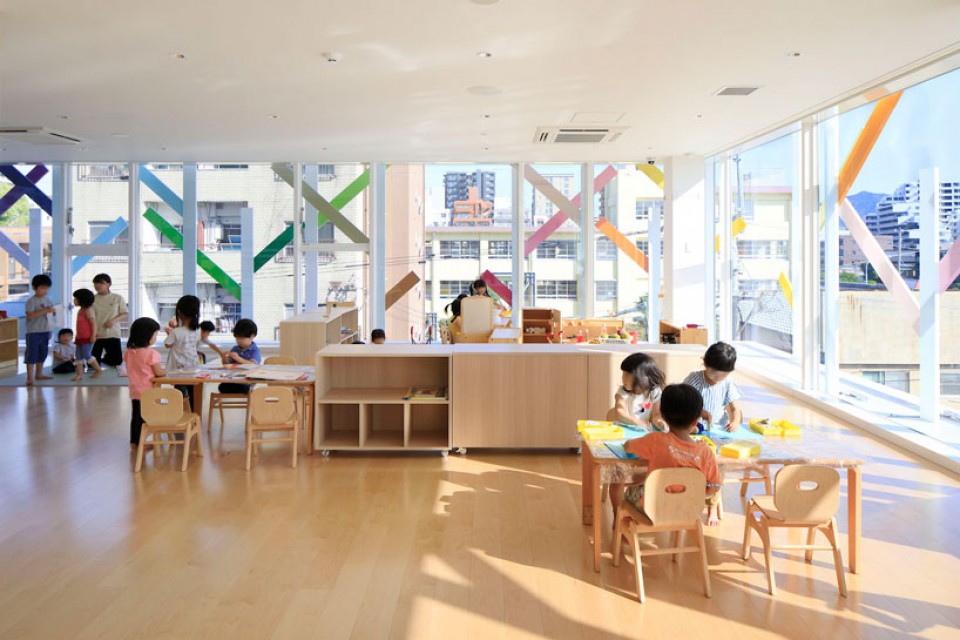
Spending time learning and playing in a colorful environment makes children more sensitive and allows them to showcase their individual personalities. Here, children will develop by living alongside colors. The facade resembling tree branches also displays the logo of this playful kindergarten.
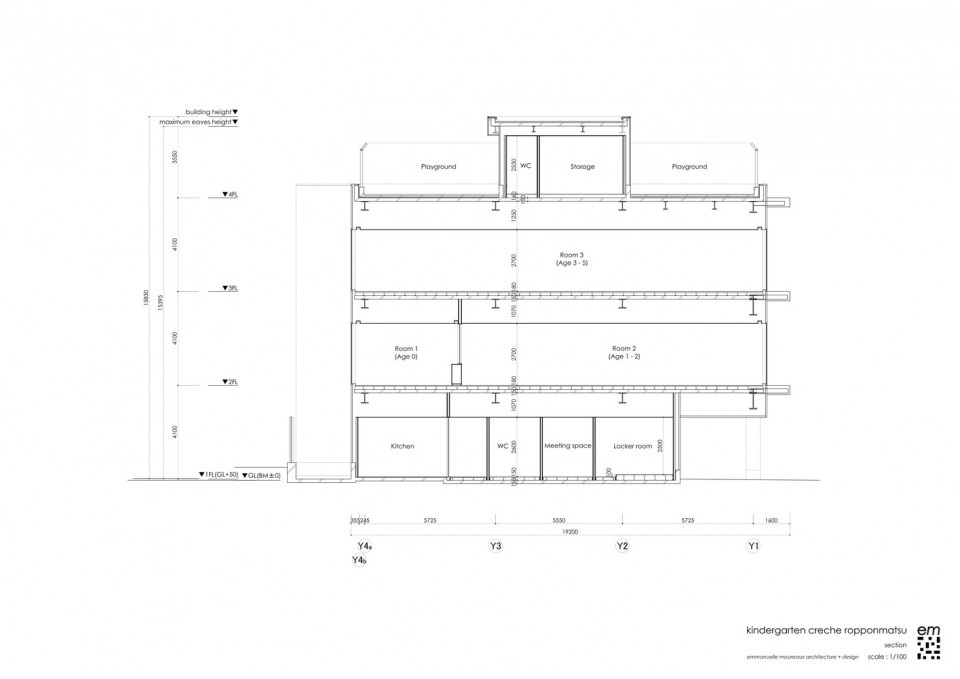
On the first floor, the building houses the office area and spaces for building management. It includes a kitchen and meeting area for the kindergarten teachers. On the second floor, there are two rooms dividing the play area for children according to their age. A smaller and safer space is provided for infants (0 years old) compared to children aged 1-2 years, as the latter are more active and enjoy moving around within the room.

On the third floor, there's a play area for children aged 3-5 years. Naturally, this area requires more space compared to the previous floors. This area is more specialized for children to grow and learn various things while playing. The fourth floor, the rooftop, is an open play area in the building. The edges of this area are secured with glass to ensure the safety of the children.

Each floor has storage areas and toilets, so the children don't need to move around much to access their lockers or the bathroom. Besides the main staircase located in the middle of the building, this place is also equipped with emergency stairs at the back of the building. Clearly, the building prioritizes the safety and well-being of those inside.
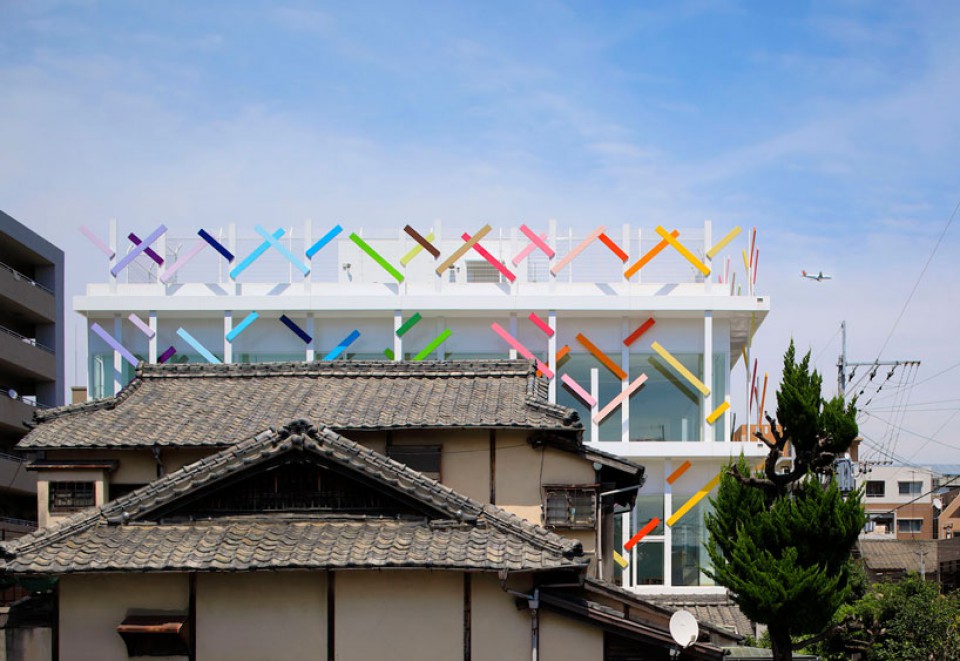
The house itself is situated in a residential area, making the building stand out. Traditional Japanese houses surround the kindergarten area. The glass walls with colored facades make the experience for the children inside more enjoyable compared to looking at urban buildings made of concrete and other monotonous structures.
Source: archdaily photo by: Daisuke Shima


